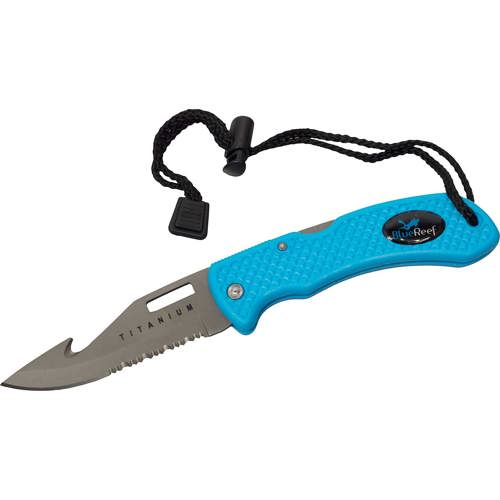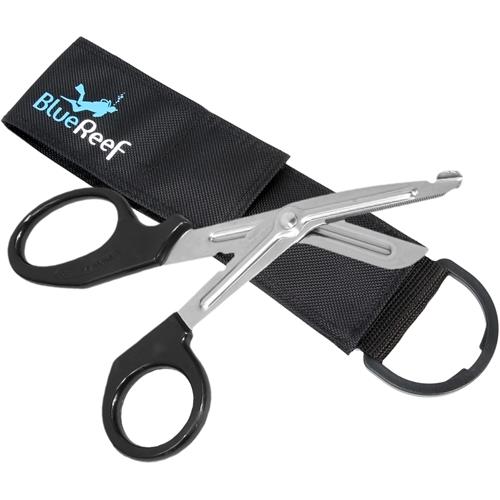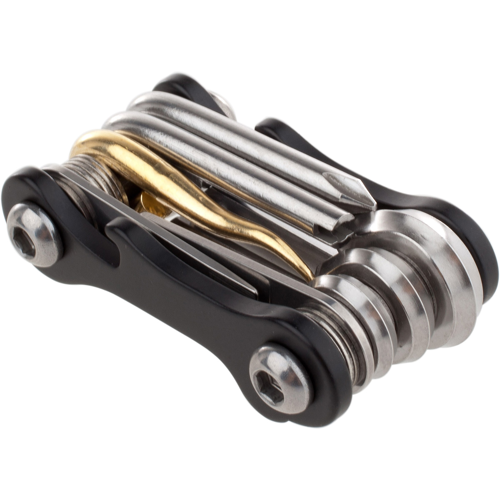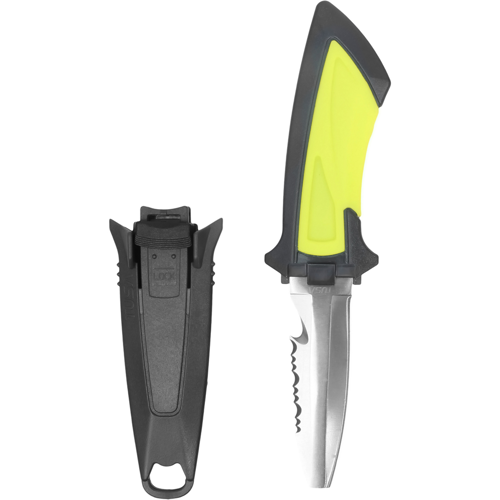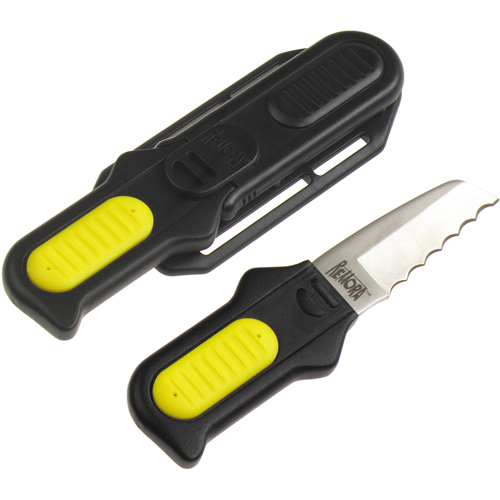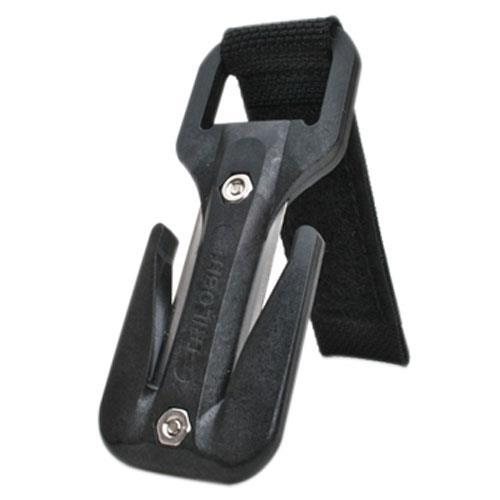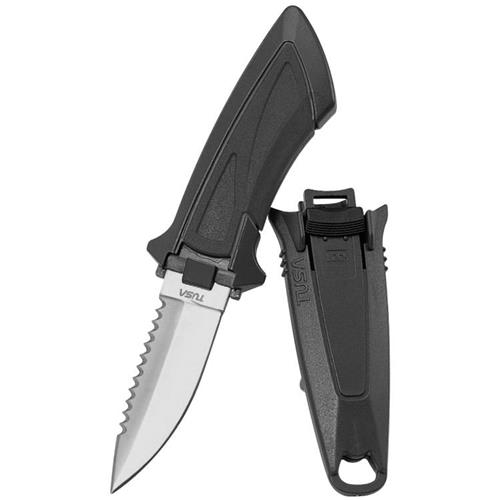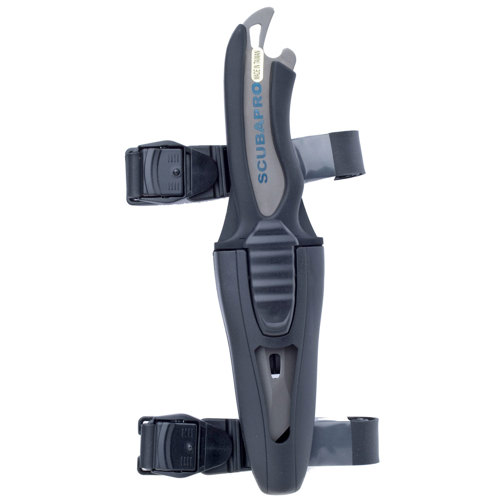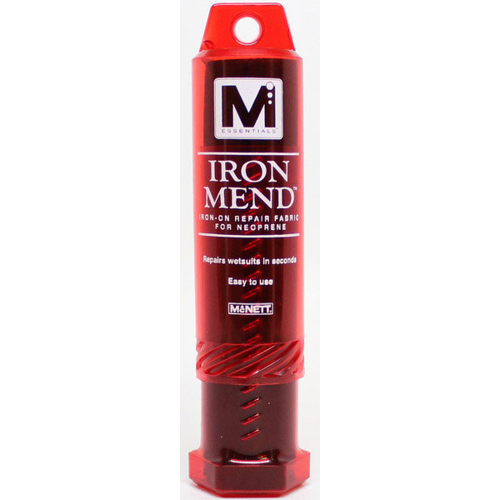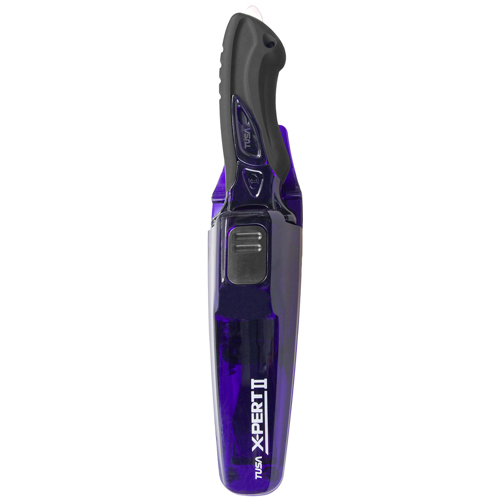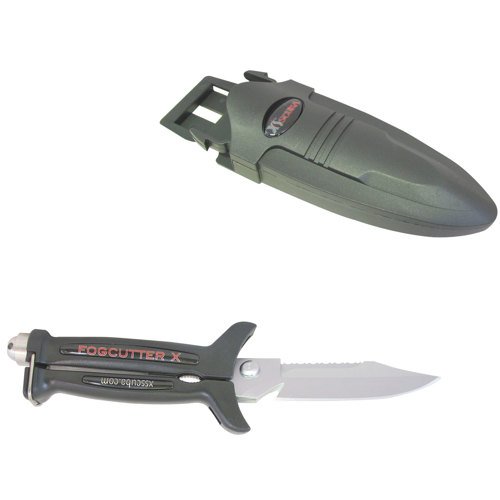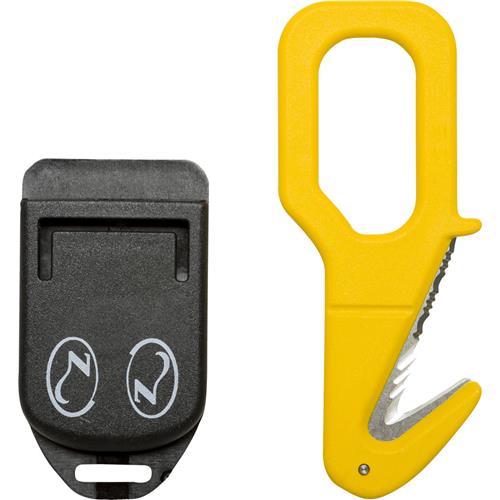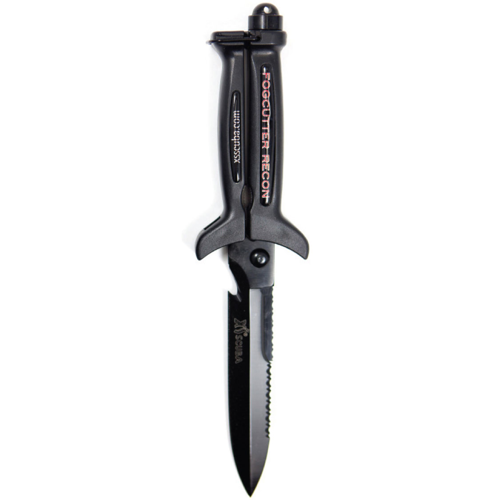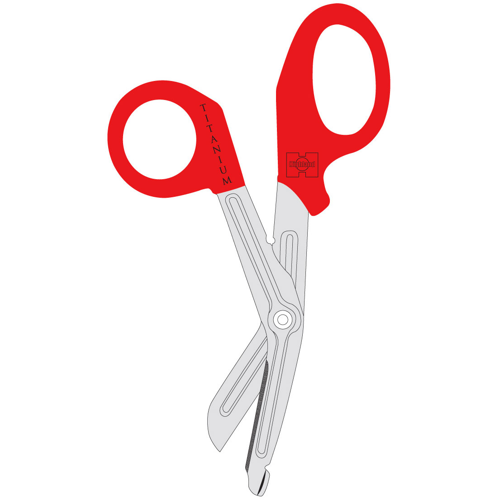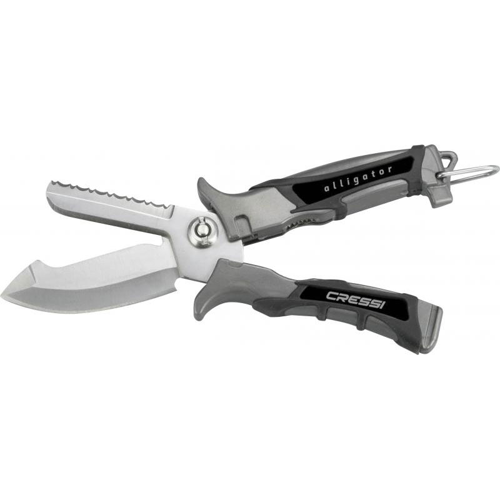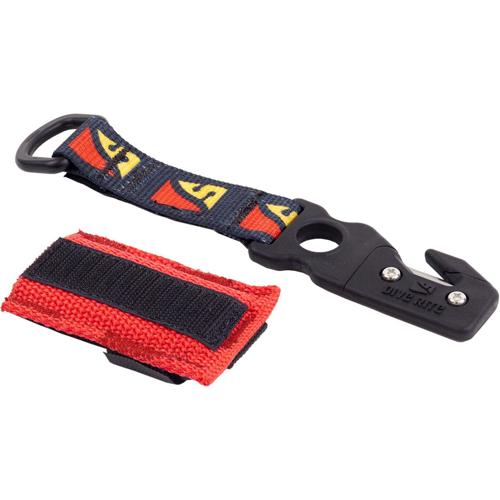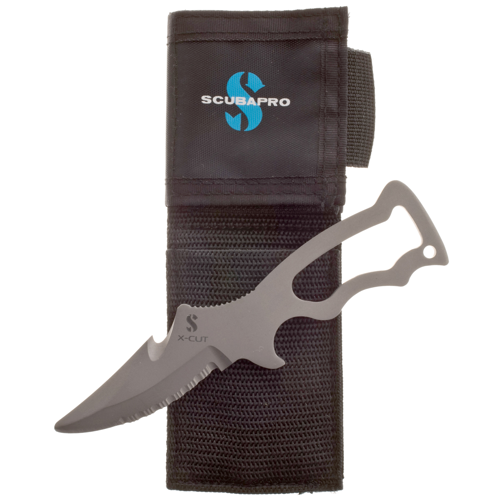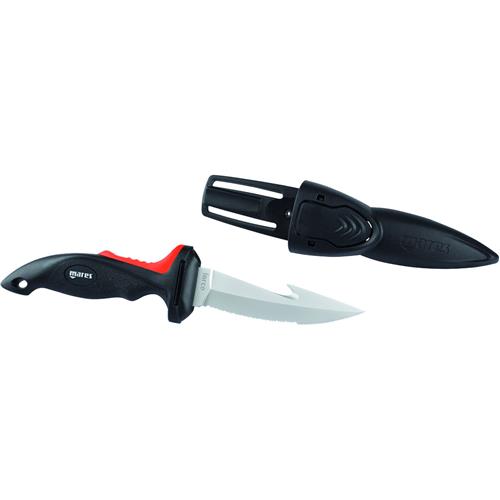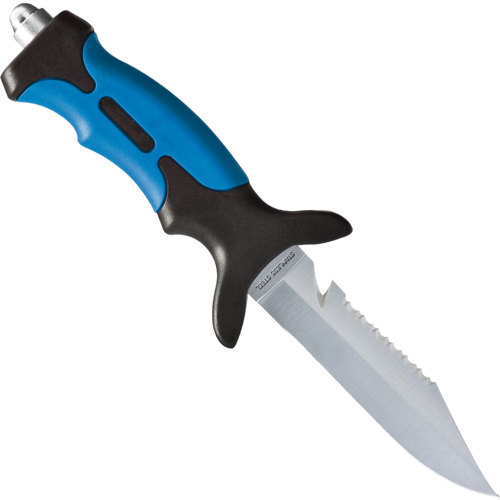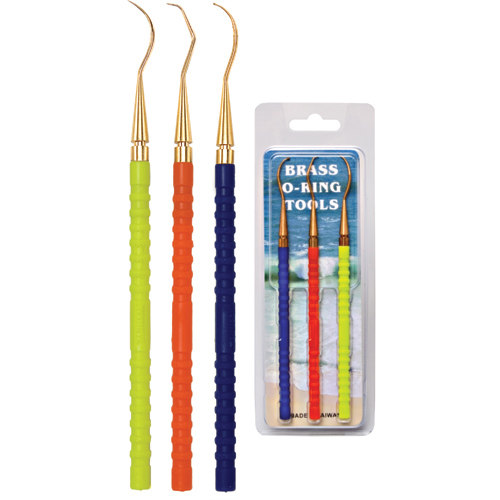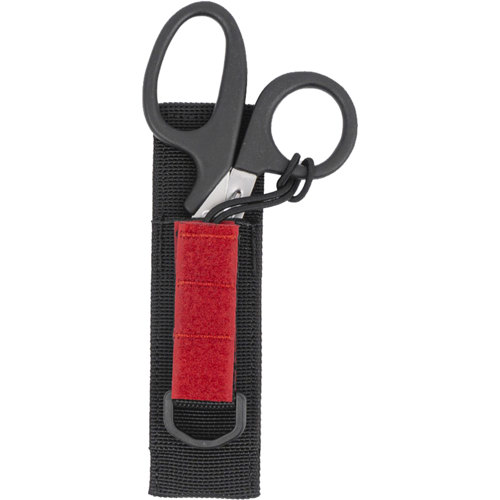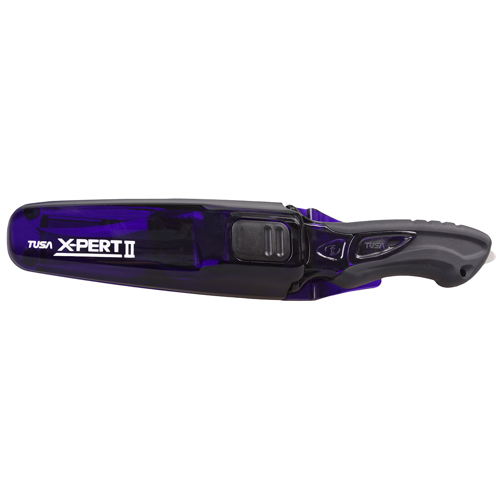Scuba Cutting Gear
When it comes to assembling a reliable dive kit, cutting gear is one of those essentials that seasoned divers never overlook. Whether you’re threading through kelp forests off the California coast, exploring shipwrecks in the Caribbean, or navigating the vibrant reefs in Southeast Asia, a dependable cutting tool can make all the difference. It’s not just about having a sharp edge handy; it’s about preparation and peace of mind. Underwater environments are unpredictable—monofilament fishing lines, discarded nets, and even your own lines or straps can pose unexpected entanglement hazards. A well-chosen piece of cutting gear is a diver’s silent guardian, ready to spring into action in that rare but critical moment when freedom and safety are on the line. As the dive season transitions into the cooler months, many divers take advantage of the quieter waters and improved visibility. This is a time when new gear purchases often come into focus, whether you’re tuning up your own kit for winter dives or searching for thoughtful, practical gifts for the divers in your life.
Selecting the right cutting tool involves more than simply picking the sharpest blade. Divers consider how and where a tool will be carried—on a BCD, strapped to a leg, or even clipped to a harness. Comfort, accessibility, and ease of deployment with gloved hands are key. Some prefer compact line cutters for their low profile and precision, while others favor classic dive knives with both serrated and straight edges for versatility. Materials matter too; corrosion-resistant metals like titanium or specially coated stainless steel ensure longevity in saltwater environments, reducing maintenance and extending the life of the tool. For those who travel frequently or dive in remote locations, having a backup cutting device is a common practice—one on the primary rig, another stowed in a pocket or with a redundant air source. These tools also make excellent gifts, especially for new divers building their first kit or experienced enthusiasts looking to upgrade. There’s a certain satisfaction in gifting a piece of equipment that’s both practical and potentially life-saving, a gesture that shows you truly understand the diver’s world and the importance of being prepared.
Cutting gear is just one aspect of a diver’s modular setup, fitting seamlessly alongside other essential accessories that can be configured to match the demands of any dive. For those interested in building a truly personalized system, exploring options in
Scuba Modular Gear can open up new possibilities for customization and efficiency underwater. As you browse through the curated selection of cutting tools, consider how each piece will integrate with your existing setup—how it will be accessed in low visibility, how it feels in your hand, and how it stands up to the rigors of repeated dives. Whether you’re preparing for winter adventures beneath the waves or searching for the perfect addition to a loved one’s gear bag, investing in quality cutting gear is a step toward safer, more confident diving. Every diver has a story about the time they needed their knife or cutter, or the relief of knowing it was there just in case. It’s a small piece of equipment, but its value is immeasurable when the unexpected happens.

